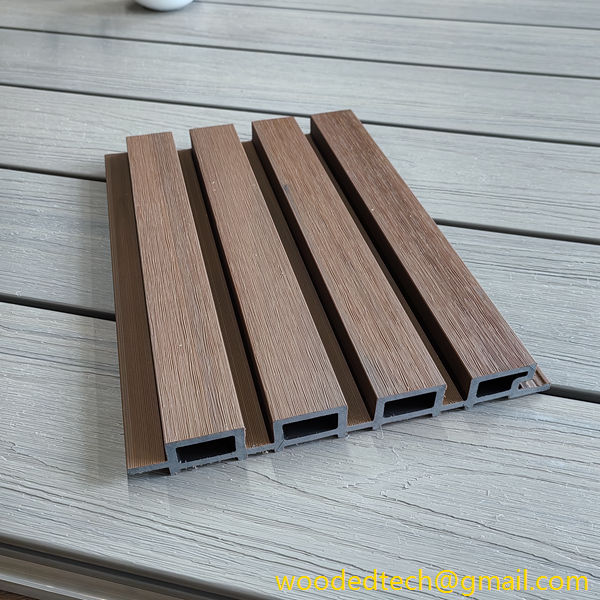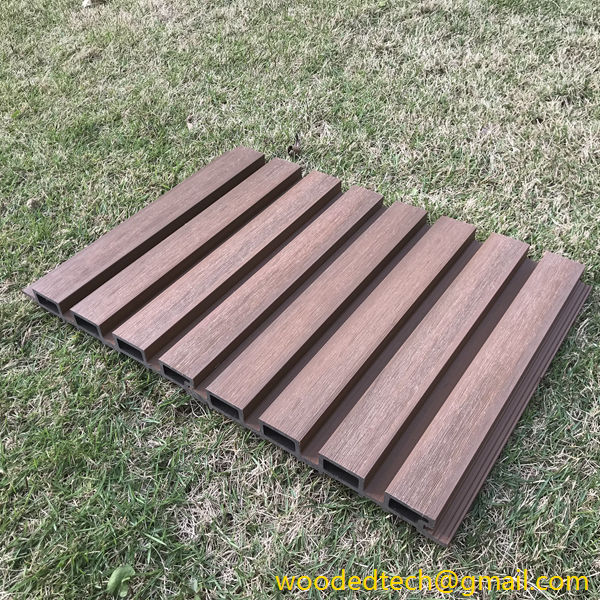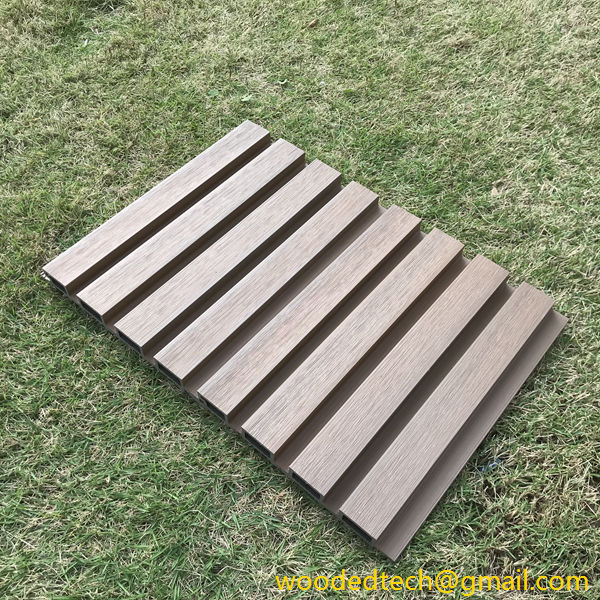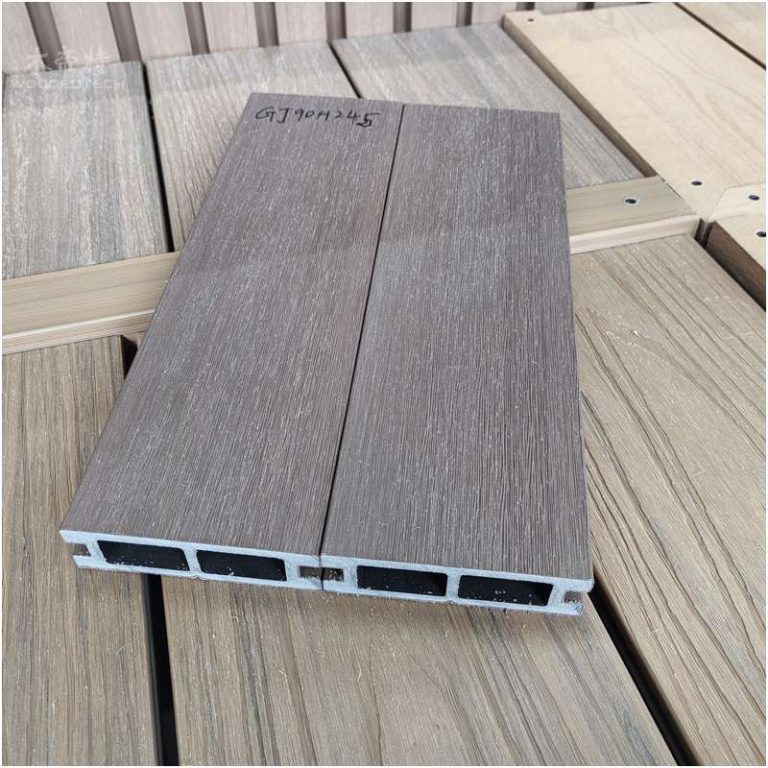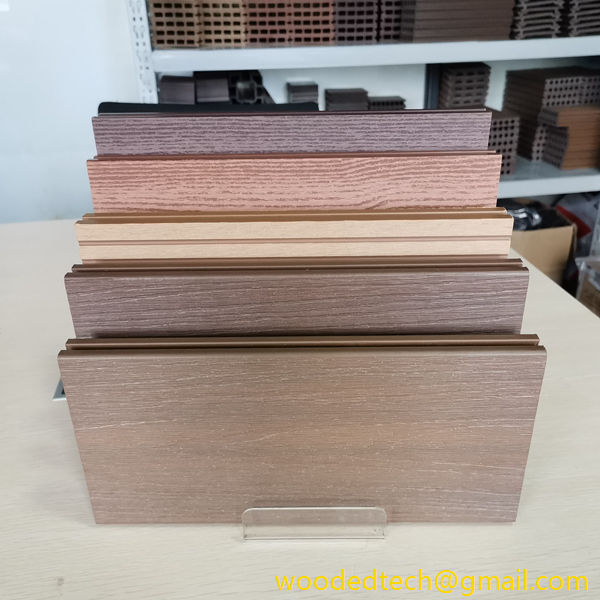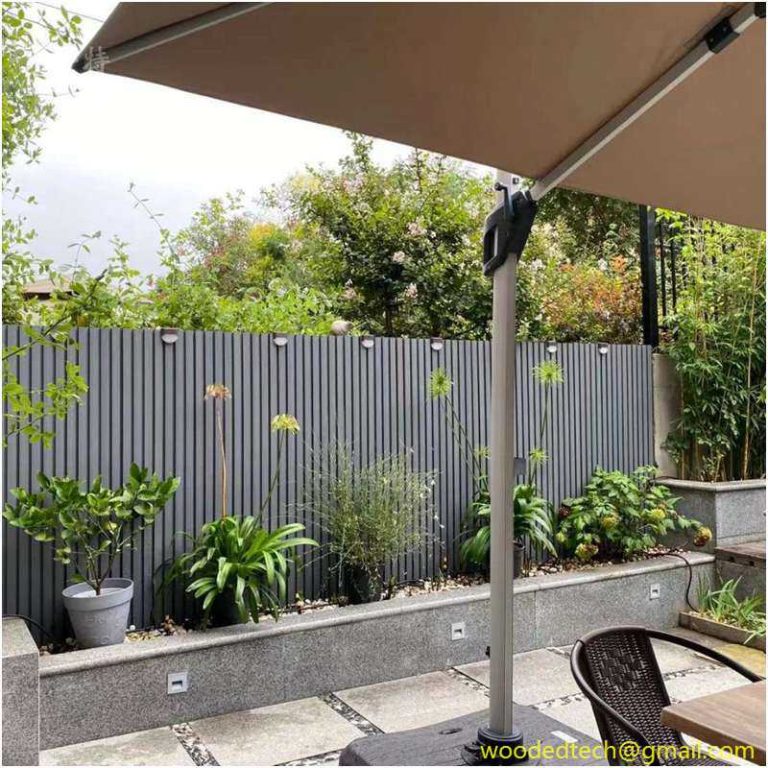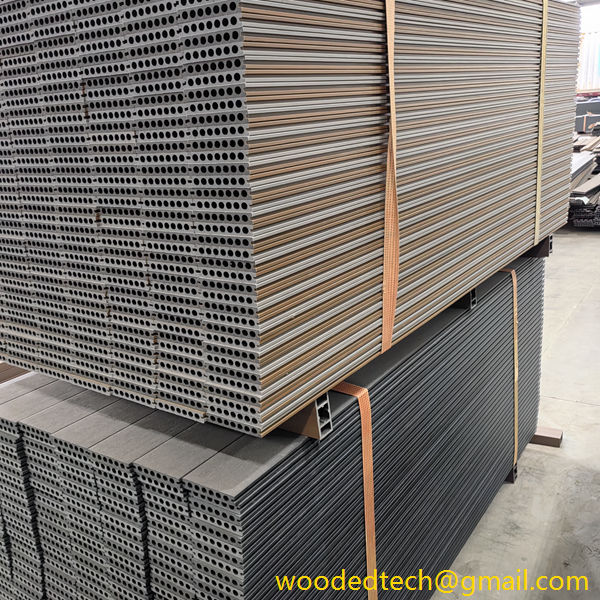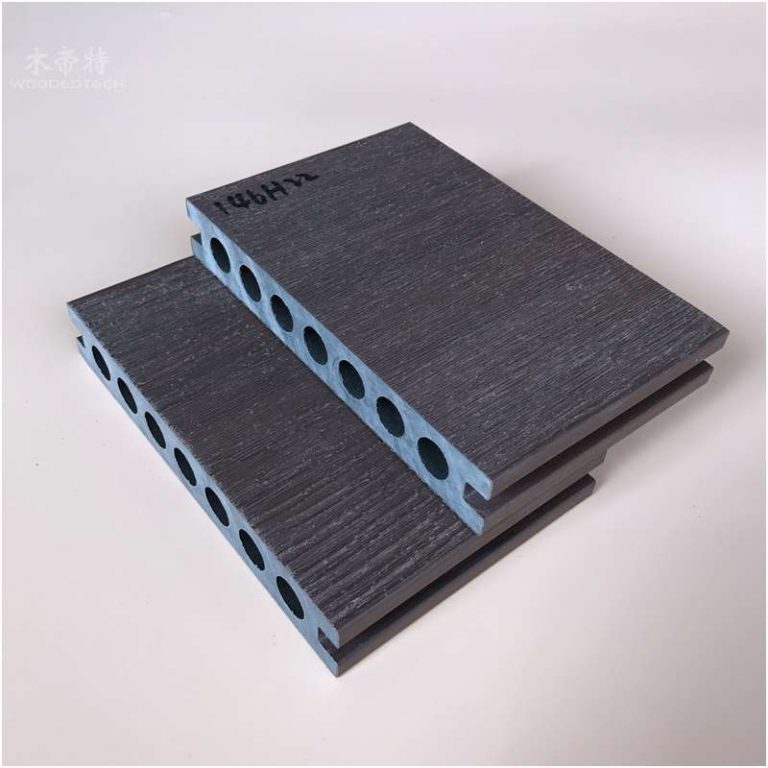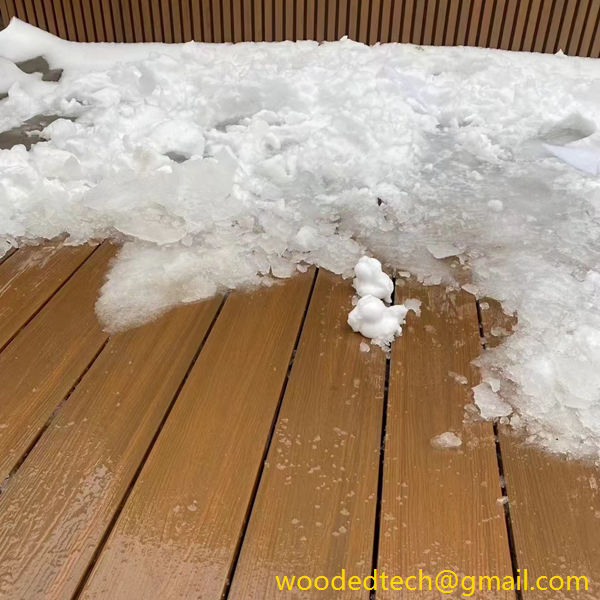Aesthetic and Functional Wood Plastic Composite Wall Solutions
Aesthetic and Functional Wood Plastic Composite Wall Solutions Wood Plastic Composites (WPC) have emerged as a revolutionary material in modern construction and design, particularly in wall applications. These composites combine the natural aesthetics of wood with the durability and versatility of plastic, resulting in a material that offers both functional and aesthetic advantages. This article…
Aesthetic and Functional Wood Plastic Composite Wall Solutions
Wood Plastic Composites (WPC) have emerged as a revolutionary material in modern construction and design, particularly in wall applications. These composites combine the natural aesthetics of wood with the durability and versatility of plastic, resulting in a material that offers both functional and aesthetic advantages. This article explores the various dimensions of WPC wall solutions, highlighting their production technology, benefits, and applications.
At the core of WPC technology is the blending of wood fibers or flour with thermoplastic polymers. The wood content is typically sourced from recycled wood waste or virgin wood, while the plastic component can include materials such as polyethylene, polypropylene, or polyvinyl chloride. The manufacturing process involves compounding these materials to create a homogenous mixture, which is then subjected to various shaping processes such as extrusion or injection molding. This method allows for the production of panels or boards that can be customized in terms of size, shape, texture, and color.
One of the most significant advantages of WPC wall solutions is their aesthetic appeal. The natural look and feel of wood are preserved in WPC, making it an attractive choice for both interior and exterior applications. The material can be manufactured in a variety of finishes, simulating the appearance of different wood species, from rich mahogany to light pine. This versatility enables architects and designers to create visually stunning wall designs that can complement various architectural styles, whether modern, rustic, or traditional.
Moreover, WPC offers a range of color options and surface textures that can enhance the overall design of a space. Manufacturers often incorporate advanced printing techniques to achieve realistic wood grain patterns, further enhancing the material’s visual appeal. The ability to customize colors and finishes allows for greater creativity in design, enabling the creation of unique spaces that reflect individual tastes and preferences.
In terms of functionality, WPC wall solutions excel in several key areas. One of their primary advantages is resistance to moisture and decay. Traditional wood materials are susceptible to rot, mold, and insect damage, particularly in environments with high humidity or exposure to water. WPC, on the other hand, is engineered to resist these issues, making it an ideal choice for areas like bathrooms, kitchens, and outdoor spaces.
Additionally, WPC is known for its durability and low maintenance requirements. Unlike traditional wood, which may require regular sealing, painting, or staining, WPC walls can be easily cleaned with soap and water. The material does not splinter or warp over time, ensuring that it retains its appearance and structural integrity for many years. This low-maintenance nature significantly reduces lifecycle costs associated with upkeep and replacement.
Another important functional aspect of WPC wall solutions is their environmental performance. As sustainability becomes a more critical consideration in construction, WPC offers an eco-friendly alternative to traditional materials. The use of recycled wood fibers and plastics reduces waste and lowers the demand for virgin materials. Moreover, WPC is often recyclable at the end of its life cycle, contributing to a circular economy.
WPC walls also provide excellent thermal insulation properties. The combination of wood and plastic creates a material that can help regulate indoor temperatures, reducing energy consumption associated with heating and cooling. This energy efficiency is increasingly relevant in today’s environmentally conscious market, where building owners and occupants are seeking ways to minimize their carbon footprint.
The applications of WPC wall solutions are vast and varied. In residential settings, WPC can be used for interior accent walls, exterior cladding, and fencing. The aesthetic versatility allows homeowners to create inviting and stylish outdoor spaces, such as decks and patios, that harmonize with nature. In commercial settings, WPC is often employed in retail environments, offices, and hospitality spaces to create welcoming atmospheres that appeal to customers and clients.
Furthermore, WPC wall solutions can be designed to meet specific performance criteria, including fire resistance and sound insulation. This adaptability makes them suitable for a wide range of building codes and regulations, further expanding their market potential. As architects and builders continue to embrace innovative materials, WPC stands out as a solution that balances beauty, functionality, and sustainability.
In conclusion, aesthetic and functional wood plastic composite wall solutions represent a significant advancement in material production technology. By combining the best features of wood and plastic, WPC offers an attractive, durable, and sustainable option for modern construction and design. Its versatility in aesthetics, low maintenance requirements, environmental benefits, and excellent performance make it a compelling choice for a wide range of applications. As the industry continues to evolve, WPC is poised to play an increasingly prominent role in shaping the future of architectural design and building practices.

